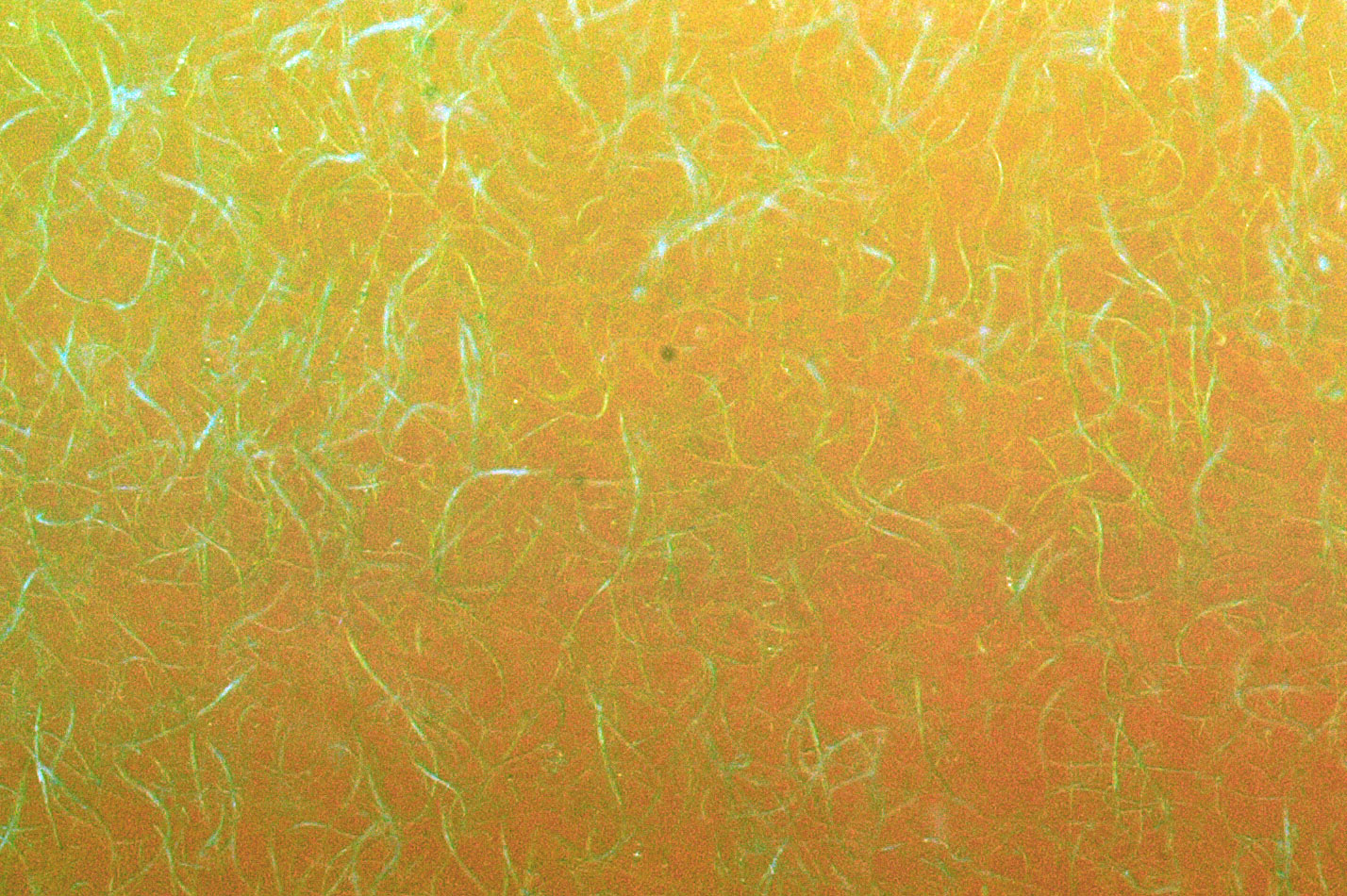Vinegar worms
Systematics
Phylum Nemathelminthes (tubeworms)
Class Nematodes (nematodes; at least 1,000 species)
Order Rhabditoidea (= Anguilluloidea)
Family Cephalobidae
Genus Turbatrix (= Anguillula)
Species aceti


General information
The closest relatives of our acetic acid worms among the common food organisms (according to recent literature Panagrellus sp.) are the well-known micro-worms. They are kept directly in 5 - 6 % household vinegar (mixed with water up to a maximum of 1:1) and propagated (the best productivity is said to be achieved by using apple and fruit vinegar). Add a teaspoon of sugar and a crushed yeast tablet to each litre of vinegar (health food store! For smaller quantities, add the appropriate proportions).
They actively float in the water. The more acidic the water in the rearing tank is, the longer they can survive after feeding. This makes them particularly suitable for rearing blackwater fish. In some cases, they can even be stock-fed. With a maximum length of 1 - 2 mm, the diameter of the worms is very small, so that young fish can sometimes cope with them before Artemia nauplii or even slipper limpets. However, as with all worms, the fat and collagen content is quite high, so you should make sure to offer enough other types of food as part of a varied diet.
The worms can be cleaned in the same way as slipper worms. Seal part of the batch in a test tube with a cotton plug and cover with aquarium water. Due to the developing lack of oxygen in the lower part of the test tube, the worms work their way up through the cotton plug and can be removed cleanly.
The cultures are extremely robust; even without care, live worms can still be found in the vinegar months later. A little stirring, sugar and the addition of yeast tablets reactivates such cultures in a short time. Every few months, however, you should divide the batches and refill them with fresh vinegar, sugar and yeast tablet. However, you should not seal the batches tightly as the worms will otherwise die within a short time.
Well-washed jam jars, for example, which are only half-filled, are suitable as preparation containers. The lid should only be put on loosely, otherwise the worms will suffocate.

